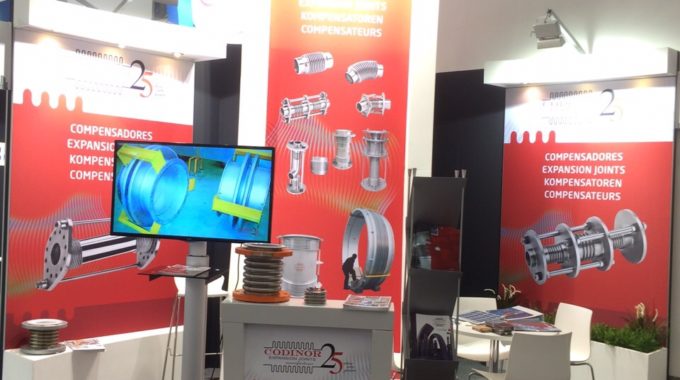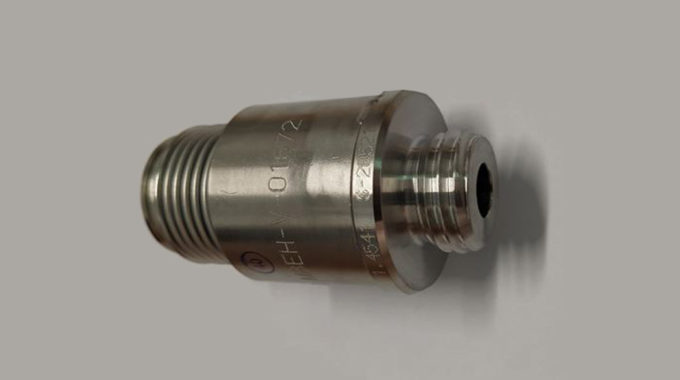Revising the Pressure Equipment Directive: Why now, and what’s changing?
For the first time in 17 years, the EU’s Pressure Equipment Directive (PED 97/23/EC) is changing. In addition to gaining a new number – 2014/68/EU – there are several other changes that have implications for manufacturers, importers and distributors of pressure equipment.
Why change it now?
There are two key drivers behind the new PED;
The current basis for the determination of fluid group (1 or 2) in PED Article 9 (i.e. Directive 67/548/EEC) is being replaced by a new Classification, Labelling and Packaging Regulation from 1st June 2015.
The “New Legal Framework:” This is a larger initiative by the European Union to bring nine EC “New Approach” directives into alignment with the “New Legal Framework,” (NLF) which was adopted in 2008. According to the European Commission, the NLF aims to streamline and simplify the rules for putting pressure equipment on the market in the face of increasing competition from fraudulently certified equipment. The EC also states that the revision will lower costs for businesses to comply with the legislation.
It is important to note that the changes are classified as an ‘alignment’ with the NLF, because it means there is no change in:
The scope of the PED
Hazard category tables
While there are no changes to the essential safety requirements either, there is a change to a fundamental safety philosophy of the PED. There is now an obligation for manufacturers to analyse the risks of pressure equipment as well as the hazards. This will take more investigation and interpretation to fully gauge its impact on both manufacturers and Notified Bodies.
According to the new directive, existing approvals are valid. Article 48 states, “Certificates and decisions issued by conformity assessment bodies under Directive 97/23/EC shall be valid under this Directive.”
What is the timeline for the transition?
The new PED was published in the EU Official Journal on 27th June 2014 and entered into force 20 days later. We are now in the ‘transposition’ phase which is the period in which the Member States have to introduce national laws, regulations and administrative provisions in order to give legal effect to the directive. The key dates are:
Transposition deadline for 2014/68/EU Art. 13 (Fluid classification) – 28th February 2015
Date of application – from 1st June 2015
Transposition deadline for the rest of 2014/68/EU – 18th July 2016
Date of application – from 19th July 2016



